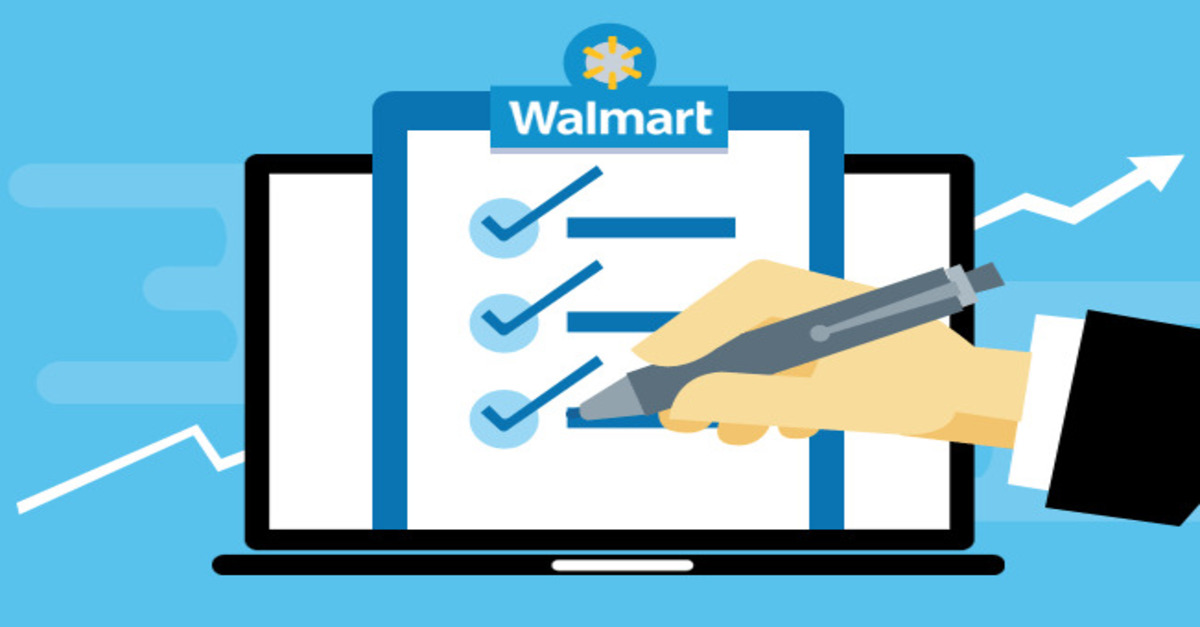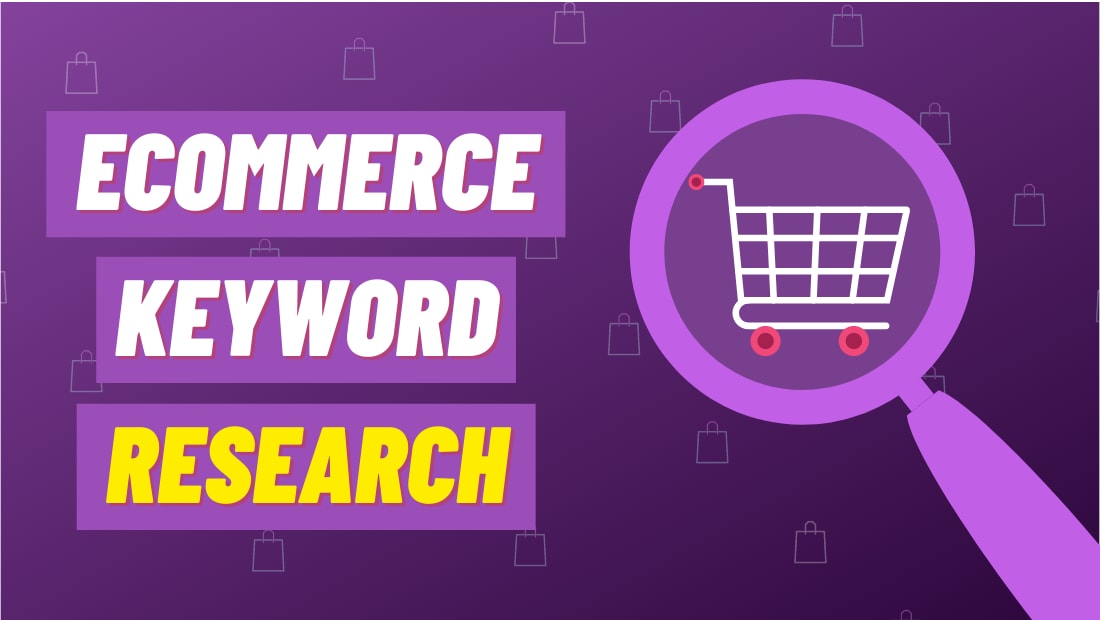With almost 11,500 stores operating under 56 banners worldwide, Walmart has become one of the largest retailers in the world. It isn’t just their brand recognition that sets them apart anymore. Walmart has seen unprecedented eCommerce growth in the past four years, and they’ve quickly evolved from a business with a bad reputation to the marketplace to watch for any brand wanting to grow their business.
Table of Contents:
- Introduction
- Walmart’s E-commerce revolution
- Walmart Marketplace
- Walmart Plus: A Prime Contender
- How Walmart is Good for Business
- Increase Visibility & Growth
- Better Customer Service
- Better Control
- Getting Started
- Conclusion
Introduction:
Walmart was an established boss of brick-and-mortar by the late 2000s, but with consumer tides increasingly drifting towards giant online shopping platforms like Amazon and eBay, business as usual had to shift yet again.
To keep up, Walmart established their own online marketplace with a few dozen sellers in 2009 that expanded their catalog by one million products. That marketplace sat relatively dormant until the company was catapulted into the eCommerce stratosphere seven years later.
In 2016, Walmart made a $3.3 billion acquisition of the e-commerce company Jet.com. With that single acquisition, Walmart’s marketplace expanded to 8,000 sellers and a catalog of 17 million products. The company’s eCommerce grew 35.8% that year, outpacing Amazon’s 25.2% growth for the first time. Then in 2017, Walmart acquired shoebuy.com and moosejaw.com. Their eCommerce sales increased by 42.8%.
No longer was Walmart a brick-and-mortar discount chain. They’d officially become a major eCommerce player.
Walmart’s E-commerce Revolution
Walmart’s eCommerce growth has not slowed down since 2016, and today, brands across the world are paying close attention for good reason. In the past year, the company has outpaced eBay to become the second-largest eCommerce marketplace in the United States, and its growth continues to outpace that of Amazon and eBay. Because of this rapid growth, Walmart’s 2021 eCommerce sales are anticipated to be near $43 billion, a $19 billion increase from 2020.
Ecommerce is working very well for Walmart, and the company’s investing heavily in its e-commerce arm as a result. The company continues to unroll new updates and services on its online marketplace to position itself as a serious rival to Amazon as well as a powerful ally for third-party sellers.
The most interesting spaces to look at are marketplace growth, its new subscription service, and the way it’s looking to the future.
Walmart Marketplace
Since 2016, Walmart’s Marketplace has burgeoned into a diverse and competitive omnichannel platform with a growing seller base where, like Amazon, brands can advertise and distribute their products to shoppers. The site currently sees over 308 million monthly visitors, and in 2019-2020, it added over 1,000 brands. Following a new partnership with Shopify, Walmart’s seller count has increased to over 50,000.
In early 2020, the company merged its Walmart grocery and Walmart.com sites together, making its online shopping experience just as seamless and convenient as its in-store shopping experience. Walmart.com has become the leading grocery platform in the country, and its recent partnership with Instacart has expanded accessibility to even more consumers.
Another exciting development with Walmart Marketplace is how the platform is scooping up a different demographic of consumers than the company’s brick-and-mortar stores. Luxury brands that wouldn’t otherwise sell their products in Walmart stores are finding success selling their products on Walmart Marketplace. Customers can now not only save money and live better at Walmart, but they can splurge.
Walmart Plus: A Prime Contender
Amazon Prime has long dominated the eCommerce subscription space—it’s hard to beat free one-day or two-day air—but in September, Walmart launched what’s perhaps its most ambitious attempt yet to outrace the eCommerce giant: Walmart+.

Walmart+ is a subscription service similar to Amazon Prime that offers shoppers unlimited free delivery on more than 160,000 items for a flat yearly or monthly fee. While Amazon Prime costs subscribers a $119 annual fee, Walmart+’s annual fee is $98. Shoppers pay the same for products on Walmart+ as they would in Walmart’s stores, and they get extra incentives including:
Scan & Go: This is an exclusive feature on the Walmart app that allows shoppers to scan their items as they shop and pay using Walmart Pay for a quick, touch-free experience.
Fuel discounts: Walmart+ members can save up to 5 cents a gallon at nearly 2,000 Walmart, Murphy USA, and Murphy Express fuel stations. They can also access member pricing at Sam’s Club fuel centers.
Same-day shipping
The secret weapons that will drive the success of Walmart’s new subscription service are the company’s 4,500 brick-and-mortar locations scattered throughout the U.S. that can almost instantly convert to distribution centers for shipping products. Walmart’s main eCommerce competitors, Amazon and eBay, lack similar infrastructure, making the Walmart company primed to become a powerhouse in this sector.
How Walmart is Good for Business?
Walmart continues to show they’re willing to evolve to stay competitive and meet customer needs. That’s not just good for their business. It’s really good for yours.
Walmart Marketplace is a lucrative channel for eCommerce brands trying to diversify their business, and its business model has a lot of benefits for sellers.
Increase Visibility & Growth
Something that immediately sets the Walmart seller experience apart from Amazon’s is that Walmart is more exclusive about the vendors it picks for its platform. This is in part because it’s still a developing channel. Brands aren’t getting lost in a slurry of third-party sellers and products on Walmart Marketplace, so it’s far easier for them to stand out and compete there.
In addition to the millions of shoppers they have the potential to reach through Walmart Marketplace each month, brands on Walmart are reaching a more dynamic demographic of shoppers: 57% of Amazon shoppers say they also shop on Walmart Marketplace.
Walmart Fulfillment Service (WFS)
Walmart Fulfillment Services is perhaps the biggest boon for brands on the site. Launched in February 2020, Walmart Fulfillment Services (WFS) is a program akin to Amazon’s FBA program where brands send their inventory to Walmart Distribution Centers and Walmart handles the packaging, shipping, and distribution.
WFS is a program created with sellers for sellers, and Walmart has done a good job of helping its WFS brands succeed. WFS gives sellers low, transparent pricing (often lower than FBA), personalized account management, inventory forecasting, increased site visibility, and the opportunity to scale profitability. Brands using WFS also get a tag on their listings telling customers their product is eligible for guaranteed 2-day shipping.
WFS has been growing its list of sellers over the last year, but it’s still not open for just anyone to sell on. Walmart is looking for specific requirements for those who can sell, but brands that fit the bill are seeing exciting growth. With Walmart’s 2-day shipping through WFS, we have seen a 50% lift in conversion. They’ve also gained Buy Box prominence.
Advertising
Walmart took its advertising in-house last year under the Walmart Media Group banner to bridge the gap between their offline and online data as they develop an ad platform to rival Amazon’s. This has made advertising on Walmart.com far less cost-prohibitive than it historically has been, and advertising, as a result, has been far more effective.
One brand that’s found particular success advertising on Walmart is Thorne, one of our brand partners. By employing advertising strategies to increase Thorne’s organic rank on Walmart, We were able to increase sales on Walmart by 67%. We see a large potential for growth in ad spend.
Better Customer Service
Walmart’s massive network of brick-and-mortar locations truly is the secret sauce, and where that’s especially apparent is in the customer service experience through WFS. WFS makes the shipping process incredibly quick and simple, and it offers perks customers can’t get on other platforms. While Walmart+ subscribers receive free 2-day shipping similar to Amazon Prime, Walmart Marketplace also offers a way to receive free 2-day shipping without a membership. Walmart Marketplace shoppers only have to spend $35 or more on their purchase to get the same service.
Walmart holds an unparalleled prevalence in the United States when it comes to distribution infrastructure. Amazon customers have to ship products back on their own or hunt down nearby Whole Foods or Kohl’s to drop off their return packages, but 90% of Americans live within 15 minutes of a Walmart store where they can make a return.
Getting your product on Walmart.com makes it more accessible to more customers, and through WFS, those customers can trust that their shipping experience will be convenient and quick.
Brand Control
Though Walmart Marketplace has different advantages than Amazon, it has similar problems. Walmart is just as susceptible to pesky unauthorized sellers who creep into eCommerce spaces to redistribute products behind brands’ backs. The sad truth of the matter is if you aren’t selling your products on Walmart, somebody else probably is, and they’re likely doing a less than fine job of it.
Unauthorized sellers can do a lot of harm to your brand by misrepresenting it with bad images, few images, misleading content, poorly written content, slow delivery, and pricing that undercuts MAP and harms your other distributors. The best way to prevent this behavior is to proactively sell in the spaces where it’s happening, and having a presence on Walmart Marketplace gives you one more level of brand control.
“Anywhere a buyer wants to engage with a brand’s product, we think the brand should be there to give a good representation and make sure it’s a good customer service experience, and we just see Walmart growing so quickly.”
Getting Started with Walmart
Walmart+’s trajectory shows us that brands who want to sell on Walmart need to be on the platform yesterday or they could miss out on big opportunities for growth.
“It’s better to get ahead of it versus trying to play catchup and cleanup,” said Hatch. “It’s a good opportunity for brands and own this channel and really own that customer service experience.”
Brands who are interested in becoming sellers on Walmart can submit an application on the Marketplace website to be considered for entry.
Conclusion:
Much of what makes a brand successful is its willingness to embrace and adapt to change. It’s how Walmart grew from a discount chain with a reputation to one of the most powerful eCommerce platforms in the world. And it’s how your brand can thrive, too.





3 Comments
Amelia
Very Informative article, Thanks again
Ethan
Amazon-ASIN Content is awesome
John
Good Article.
Thank you for sharing.